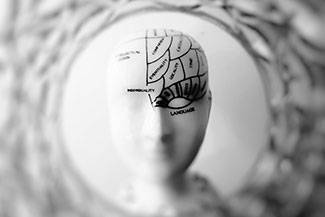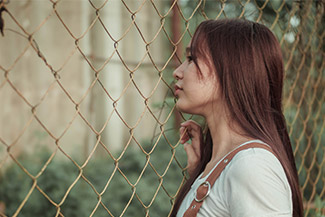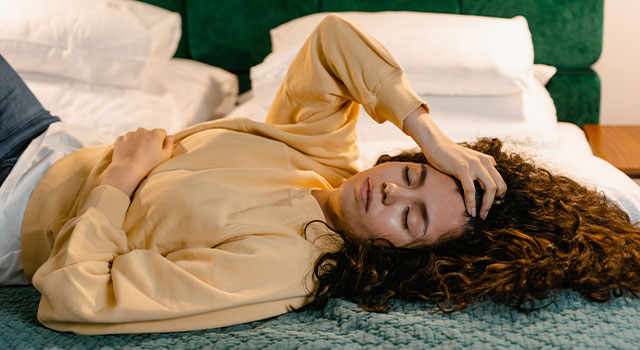
The Role of Neuro-Optometry in the Recovery of Brain Injury and Trauma
A neuro-optometrist, such as our optometrists, can treat visual, perceptual, and motor problems that may arise following brain injury or trauma, such as a concussion. All too often, the root cause of these symptoms isn’t accurately identified as a visual processing issue— and this may hinder the patient’s ability to recover.
Below is a list of the common ocular conditions that can arise following a brain injury and trauma— all of which can be detected and treated at our neuro-optometric vision rehabilitation center. These include:
- Vestibular Dysfunction – hypersensitivity to visual motion which is commonly associated with headaches and motion sickness.
- Acquired Strabismus – also known as “crossed-eyes.” This occurs when the eyes do not align properly. One or both can turn inward, outward, upward, or downward.
- Convergence and/or accommodative insufficiency – Difficulty paying attention or focusing on near or far objects for long periods of time.
- Visual-spatial dysfunction/visual processing disorder – a disrupted sense of where objects are in space. Difficulty in detecting differences in shapes or letters.
- Oculomotor Dysfunction – characterized by issues with balance, reading comprehension and speed, writing, and any other focused visual task.
- Nystagmus – a condition where the eyes repeatedly make uncontrolled movements. This can result in problems with balance, visual acuity, and depth perception.
- Post Traumatic Vision Syndrome – may result in reading difficulties (as words will seem to run together), blurry or double vision. Symptoms may not appear for days, weeks, or even months after the incident.
- Hemianopsia/Visual Neglect—losing half of your visual field from either side.
Reduced Cognitive Functioning for Visual Tasks
The visual perceptual deficits following brain injury or trauma may have dramatic effects on academic, occupational, and even athletic success by negatively impacting:
- Visual Discrimination – The ability to discriminate the small differences between objects
- Visual Memory – Retaining a visual record of something observed — a crucial skill for learning
- Visual Sequential Memory – The ability to remember a string of items such as a grocery list, a phone number, or a combination code
- Visual Figure-Ground – Difficulty singling out an object among many, such as a car in a parking lot
- Light sensitivity – Also called photophobia, this is a common condition following a brain injury that makes it unbearable to be outdoors, in a mall, or in a brightly-lit classroom.
These problems and conditions can also result in secondary psychological conditions such as panic attacks and depression.
Fortunately, these are all issues that Lifetime Eyecare regularly treats. If you are suffering from any of the above symptoms or conditions, please reach out to us as soon as possible. We regularly assist patients by retraining their visual systems to overcome these challenges, thus helping them get back to doing the things they love.
Our practice serves patients from Edmonton, Leduc, Sherwood Park, and Beaumont, Alberta and surrounding communities.








